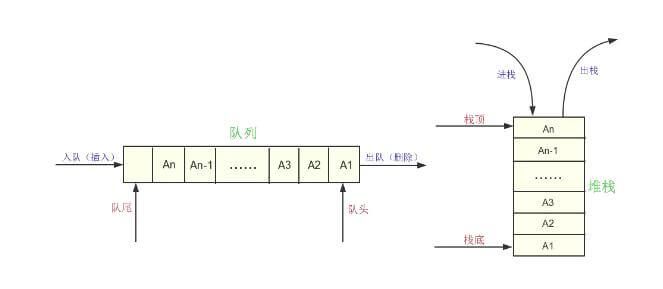更新元组
更改元组的值
元组是不可更改的,但有一种变通方法。您可以将元组转换为列表,更改列表,然后将列表转换回元组。
示例:
x = ("apple", "banana", "cherry")
y = list(x)
y[1] = "kiwi"
x = tuple(y)
print(x)
添加项
由于元组是不可变的,没有内置的append()方法,但可以使用其他方法添加项。
转换为列表,添加项,再转换回元组:
thistuple = ("apple", "banana", "cherry")
y = list(thistuple)
y.append("orange")
thistuple = tuple(y)
将元组添加到元组中:
thistuple = ("apple", "banana", "cherry")
y = ("orange",)
thistuple += y
删除项
元组不支持直接删除项,但可以转换为列表,删除项,再转换回元组。
thistuple = ("apple", "banana", "cherry")
y = list(thistuple)
y.remove("apple")
thistuple = tuple(y)
或者可以完全删除元组:
thistuple = ("apple", "banana", "cherry")
del thistuple
Python - 解包元组
解包元组
可以将元组的值提取回变量,称为解包。
示例:
fruits = ("apple", "banana", "cherry")
(green, yellow, red) = fruits
print(green)
print(yellow)
print(red)
使用星号 *
如果变量的数量少于值的数量,可以在变量名后添加星号*,将剩余的值收集到一个列表中。
示例:
fruits = ("apple", "banana", "cherry", "strawberry", "raspberry")
(green, yellow, *red) = fruits
print(green)
print(yellow)
print(red)
多重元组
可以使用*运算符将元组的内容复制多次。
示例:
fruits = ("apple", "banana", "cherry")
mytuple = fruits * 2
print(mytuple)
遍历元组
可以使用for循环或通过索引编号来遍历元组项。
示例:
thistuple = ("apple", "banana", "cherry")
for x in thistuple:
print(x)
通过索引编号遍历:
thistuple = ("apple", "banana", "cherry")
for i in range(len(thistuple)):
print(thistuple[i])
使用while循环遍历:
thistuple = ("apple", "banana", "cherry")
i = 0
while i < len(thistuple):
print(thistuple[i])
i = i + 1
合并元组
合并两个元组
可以使用+运算符合并两个元组。
示例:
tuple1 = ("a", "b", "c")
tuple2 = (1, 2, 3)
tuple3 = tuple1 + tuple2
print(tuple3)
多重元组
可以使用*运算符将元组的内容复制多次。
示例:
fruits = ("apple", "banana", "cherry")
mytuple = fruits * 2
print(mytuple)
元组方法
Python 提供了两个内置方法,可以在元组上使用:
-
count(): 返回指定值在元组中出现的次数。 -
index(): 搜索元组中指定的值,并返回其找到的位置。
 51工具盒子
51工具盒子






